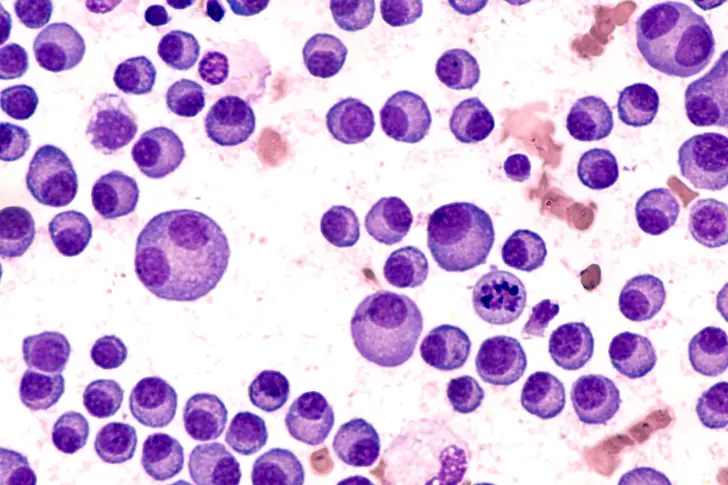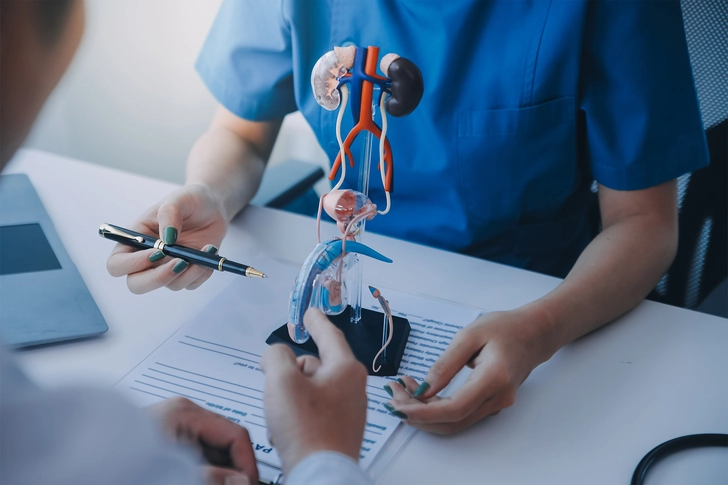Understanding Stage III Multiple Myeloma


Understanding Stage III Multiple Myeloma
Many doctors refer to late-stage multiple myeloma as stage III. This is the stage you’re most likely to be in when doctors diagnose you. It’s hard to find it early since it often starts with no symptoms.

Common Symptoms
People with late-stage multiple myeloma often experience nausea, bone pain, easy bruising or bleeding, fatigue, weight loss, and frequent infections.

Getting Diagnosed
Stage III multiple myeloma is often diagnosed during blood or urine tests for another condition because it often does not come with symptoms. You may have high blood calcium levels, kidney damage, high levels of monoclonal immunoglobulin, low hemoglobin, and areas of bone damage.

Life Expectancy
There’s no cure for multiple myeloma. However, the five-year survival rate for stage III multiple myeloma is around 53%. Your individual rate may be impacted by factors like your kidney function, age, and overall health.

Finding Support
It can be helpful to include other supportive care in your regimen like physical therapy, acupuncture, support groups, exercise programs, or financial counselors. Palliative care doctors, social workers, and chaplains can also help you come to terms with your terminal cancer diagnosis.
PHOTO CREDENTIALS
Slide 1: David A Litman/Shutterstock
Slide 2: Sorapop Udomsri/Shutterstock
Slide 3: Me dia/Shutterstock
Slide 4: ARMMY PICCA/Shutterstock
Slide 5: PeopleImages.com - Yuri A/Shutterstock
SOURCES
Multiple Myeloma Research Foundation: “Living with multiple myeloma,” “Infections and Vaccinations in Multiple Myeloma.”
American Cancer Society: “Survival Rates by Stage for Multiple Myeloma,” “If You Have Multiple Myeloma,” “Signs and Symptoms of Multiple Myeloma,” “Multiple Myeloma Stages.”
Johns Hopkins Medicine: “Multiple Myeloma.”
Official Journal of the National Comprehensive Cancer Network: “Symptom Burden, Perceived Control, and Quality of Life Among Patients Living With Multiple Myeloma.”
CDC: “Myeloma.”
European Journal of Haematology: “Understanding mortality in multiple myeloma: Findings of a European retrospective chart review.”
Journal of Pain and Symptom Management: “Palliative Care in Patients With Multiple Myeloma.”